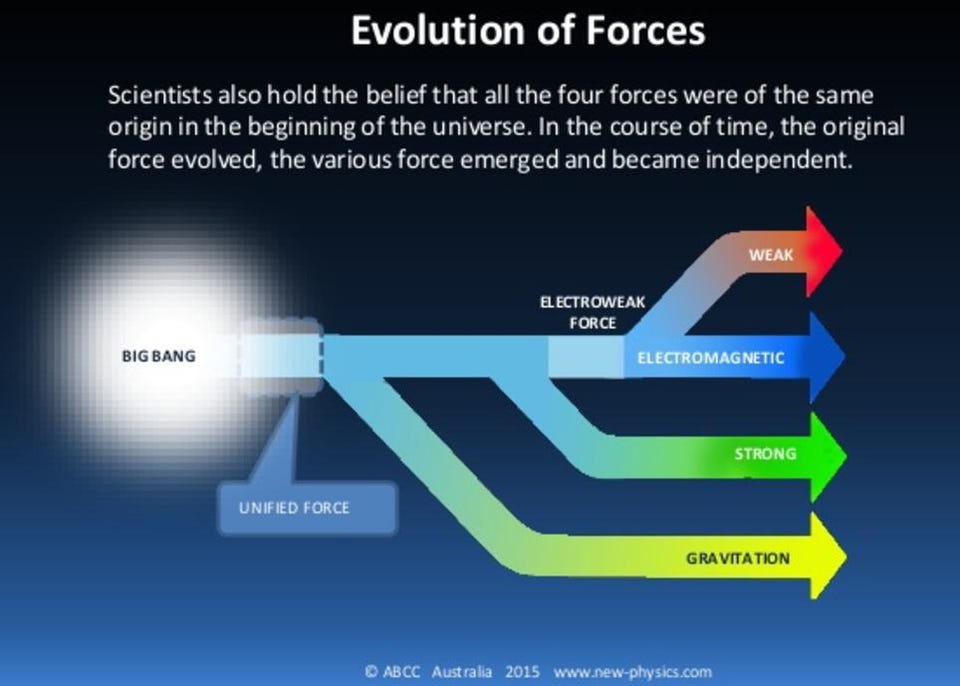Discovered: A New Connection Between Excess Belly Fat And Dementia

What’s the Latest Development?
A study newly published in Cell Reports reveals that the link between excess belly fat and the onset of dementia may lie in a special protein called PPARalpha that’s used by both the liver and the brain’s memory center, or hippocampus. The liver needs PPARalpha to metabolize belly fat, and the more fat there is, the more protein it needs, to the point where it will begin robbing it from other parts of the body, including the hippocampus. Starved of the protein, the hippocampus can’t do its job as well, which leads to difficulties in both learning and memory.
What’s the Big Idea?
Other studies have attempted to connect obesity to dementia, but this is the first one to pinpoint the role of PPARalpha in hippocampus function. The study’s authors, researchers at Rush University Medical Center, tested mice with varying levels of the protein in their livers and brains. They found that when they injected more of the protein into the brains of mice with depleted levels, their memory and learning skills improved. Team leader Kalipada Pahan says this discovery could lead to new treatment possibilities for Alzheimer’s and similar memory disorders.
Photo Credit: Shutterstock.com





